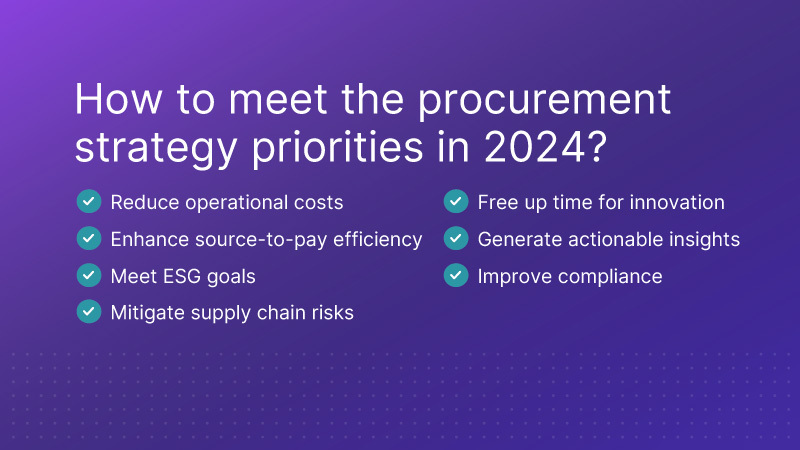
Robust vetting process is key to finding right supplier in China

In collaboration with Arjun Singh, Country Lead - China
It is needless to say that China is the manufacturing powerhouse of the world. Given a choice, category managers across procurement verticals would always like to source something or other from China.
Despite being one of the world's premier manufacturing destinations, quality concerns surrounding Chinese-made products have time and again made headlines around the world.
Recently, McDonald's and KFC were snared by food safety scandal after Chinese regulators shutdown Shanghai Husi Food Co Ltd, a unit of U.S.-based OSI Group, following a TV report that showed the company workers mixing meat beyond its expiration date with fresh meat.
There have been many such instances -- ranging from illegal production of "gutter oil" to presence of cadmium in rice. Food safety issues alone have led to estimated losses of about $100 billion.
Given this scenario, the procurement community would be keen to know the factors that lead to such safety scandals. To understand this, one must take a step back and have a re-look at what the initial boost in manufacturing did to the country's supply markets:
1. The rapid entry of large number of suppliers and manufacturers created hurdles to establish uniform quality audits across this vast country.
2. Initial boosts in manufacturing did not necessarily come with uniform regulations on product quality and manufacturing standards; instead many regulations came about only after growing concerns on quality.
3. Low entry barriers made quality inspection at all levels a challenge.
4. Brands expect vendors/partners to voluntarily adhere to quality parameters, rather than mandating them to work within a given design and quality frameworks.
However, not all is lost. There have been instances of buyer-supplier partnership that bore fruits. The collaboration between Apple and Foxconn is a case in point: adherence to high-quality standard is the bedrock of this manufacturing partnership. This serves as a good example of procurement optimization enabling revenue growth.
Finding a reliable vendor/supplier is easier said than done. The first challenge would be to ensure that the supplier maintains quality consistency, which can be achieved by keeping a few simple check points in practice:
1. Increase the supplier selection cycle for markets like China where expertise is limited. Buyers should conduct more onsite checks to ensure adoption of parent company/brand mandated procedures at partner facilities. Also, category managers should not rush to find a vendor.
2. There are very many good vendors in China, who can fit in to purchasing heads' stringent quality requirements. However, on the ground information to support right suppliers will be a key. Vendor selection could be based on best-optimal price as against lowest price. Many e-cigarette companies have adopted this strategy to ensure product consistency.
3. Something that fewer companies have looked to do as a supplier engagement model in China is to increase the onus on quality as a part of price or reward (contract/volume/bonus), thereby making quality the driver for pricing in China.
4. A large number of international firms as well as foreigners with years of working experience in China are looking to set up consulting arms to help category managers. Typically small to mid-sized businesses can use this route to ensure quality and risk control.
The second challenge for category managers is to know where to find high quality as well as cost-effective vendors.
Biggest step towards finding the right vendor in China will have to be largely driven by robust selection process supported by on ground intelligence. "Risk Mitigation" needs to be tackled at a local level and has to be dynamic. Infusing unconventional check points will drive better quality adherence, thus moving the procurement pivot from "cost savings" to "cost optimization."
It's not easy to achieve a balance between cost cutting and risk mitigation; however, this will be a critical factor in the days to come. Neglecting either of them may potentially end up troubling buyer's supply chain.
China's supply market is well poised to give both quality as well as optimum pricing. The country is indeed moving from Low Cost Country Sourcing (LCCS) to being Best Cost Country Sourcing (BCCS). The trick is in knowing how best to source from reliable suppliers
Related Insights:
View All
Get more stories like this
Subscirbe for more news,updates and insights from Beroe






